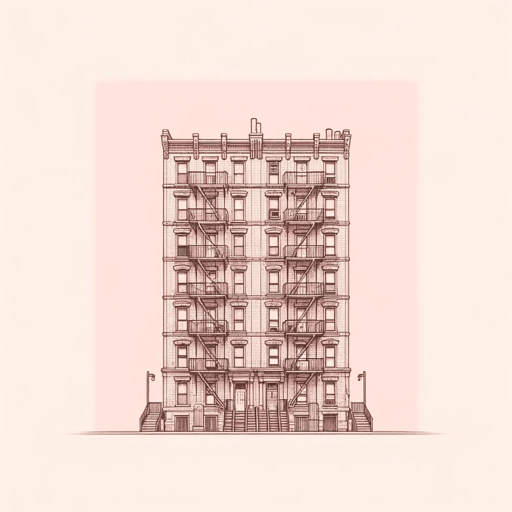47 pages • 1 hour read
Jacob RiisHow the Other Half Lives
Nonfiction | Book | Adult | Published in 1890A modern alternative to SparkNotes and CliffsNotes, SuperSummary offers high-quality Study Guides with detailed chapter summaries and analysis of major themes, characters, and more.
Chapter 8Chapter Summaries & Analyses
Chapter 8 Summary and Analysis: “The Cheap Lodging-Houses”
If those who are unhoused and unemployed are to find lodging anywhere besides the appalling stale-beer dives, they are most likely to find it in cheap lodging-houses. The cheaper the lodging-house, the more likely it is to breed destitution and crime. Most lodgers are rootless young men. Police reports identify hundreds of young men in recent years who hatched their criminal schemes inside these houses. One such man skipped town and was later shot to death while robbing corpses in Johnstown, Pennsylvania, after the catastrophic flood of 1889. Another, David Smith, was convicted and sent to prison after terrorizing a 14-year-old runaway boy into begging every day, physically abusing the child, and then stealing the money. Riis cites these as examples of the problems that ensue from New York City’s failure to provide decent housing. Riis then describes the “amenities” in ten- and seven-cent lodging houses, which are “different grades of the same abomination” (86). A photograph (“Bunks in a Seven-Cent Lodging House, Pell Street”) shows no beds or blankets but a series of cots made of thin-looking fabric hung between boards, two bunks high. The owner of three such seven-cent houses is a wealthy man who “earns” a combined $8,000 annual profit (approximately $250,000 in 21st-century income).

